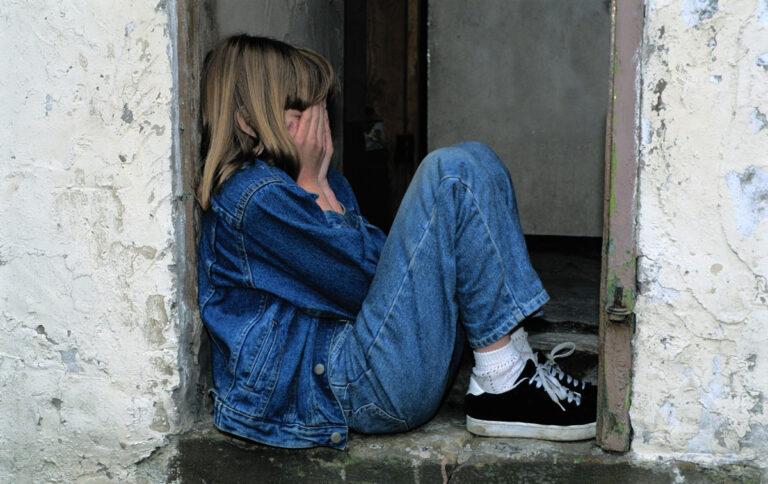This interactive map is a reminder that it’s okay to cry (even in public)

Recall the last time you cried in public. Chances are you can. It’s not a pleasant experience but, for most of us, it’s memorable. Yet we largely never talk about the experience—pushing the moment to the back of our minds, only recurring when that one street, that one train stop, that one nightclub causes the memories to come flooding back. But what if there was a space to share your experiences, anonymously and with no repercussions—a space to not only share your own experience but read other strangers’ experiences too? Well, look no further. Depending on how you approach it, it’s entertaining at worst and therapeutic at best.
The ‘Public Places Where We've Cried’ map
Sonia Weiser, the founder of the ‘Public Places Where We’ve Cried’ map explained how she started the collective project back in 2014 after she graduated college because she was “crying everywhere.” She said, “Since then, I’ve cried even more. I’m guessing you have too.” And she’s right, you’d be hard-pressed to find a person that hasn’t cried since 2014—even if they say they haven’t, they’re probably lying.
There’s comfort in knowing we’re not alone. Weiser tapped into that realisation, she continued: “Life is shitty. People cry. Everyone cries, and it’s not a weakness, it’s a strength. Add the places you’ve cried to this map by placing a pin on the exact location and typing out your story.” She goes on to emphasise how the map was designed to create a “safe space” to share experiences, not claiming to own anything written on the map. The project is purely community-driven, a completely anonymous documentation of a common experience—an experience which, on the whole, is largely stigmatised.
Have you cried in public? Add your story to the Public Places Where We've Cried map! I made this in 2014 but this year deserves its own map. https://t.co/WblJfDy1UE
— Sonia Weiser (@weischoice) December 4, 2020
The beauty in reading the experience of strangers
The beauty of the interactive map comes from its mystery: every anonymous post, dotted onto a different geographic location, tells a story. It feels almost like the digital version of a wall in the toilets of a grimy inner-city bar (only replace the ‘ACAB’ and drug dealer numbers with intimate, emotional stories). Some of these stories are more descriptive than others; each addition, however, paints a mental image—providing a snippet into a memorable experience felt by a complete stranger.
The experiences range from wholehearted to, quite frankly, pretty funny: one anonymous user placed a marker on the O2 Arena, London, after “seeing Roger Waters perform The Wall” because “how can you not cry at a Roger Waters concert?” Another anonymous user placed a mark on IKEA (isle 28 to be exact) in Brooklyn, New York because “who doesn’t cry in IKEA?” To be honest, as good as IKEA meatballs are and as disorientating the labyrinth of its shop is, I can’t say I ever have. Other entries take a more sobering note. In a small town in Virginia, US, one user posted: “I got the call that my uncle was dying and that I needed to leave work and to go to the ICU.”
What’s the point? You’d be mistaken for thinking this was a gimmick at first—and in many ways, it can be seen as that. But I like to think of it as more than that, it’s an important reminder that whatever we’re feeling at that certain point in time, thousands across the planet are probably experiencing the exact same thing. For most of the time, we live life with blinkers on—confined to our bubbles of experience. All it takes, however, is an interactive Google Map to burst that bubble—to remind ourselves that we’re not alone. Rather touching, don’t you think?





